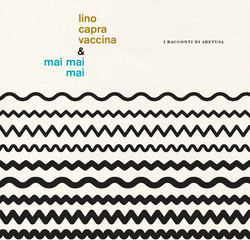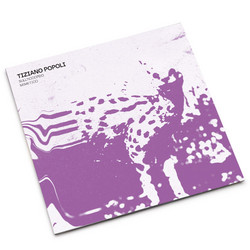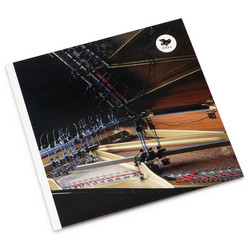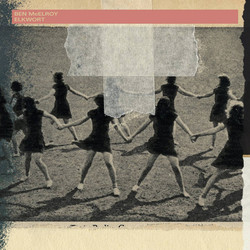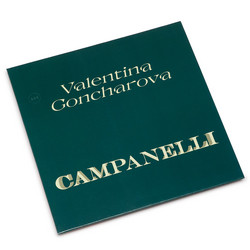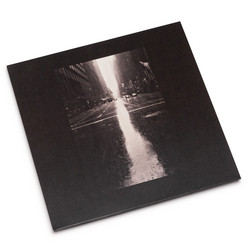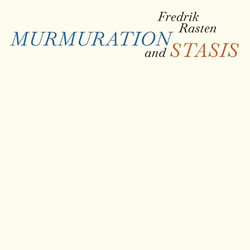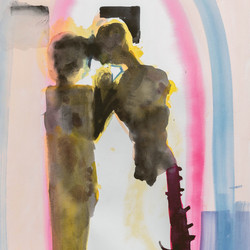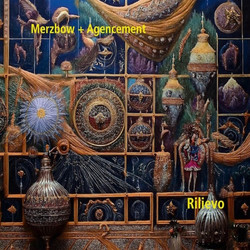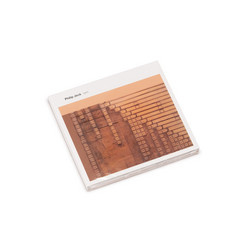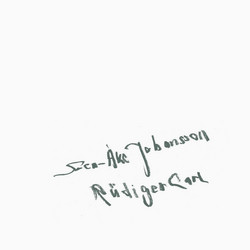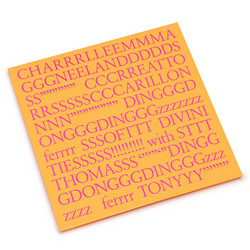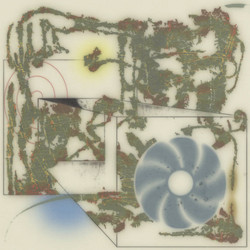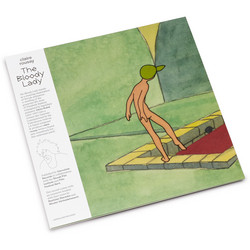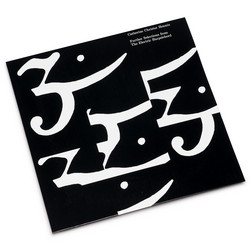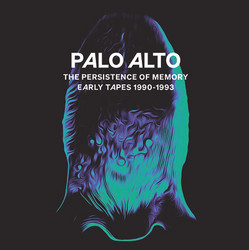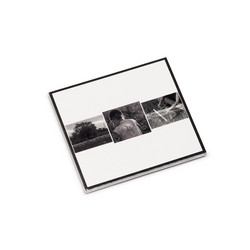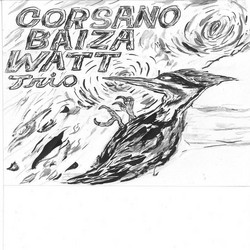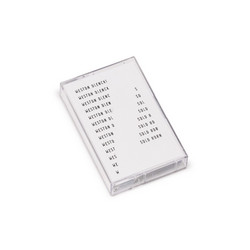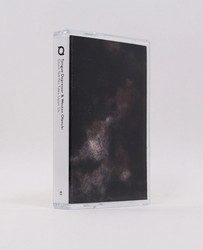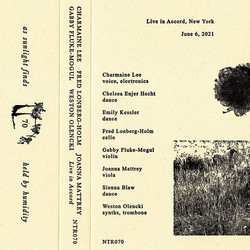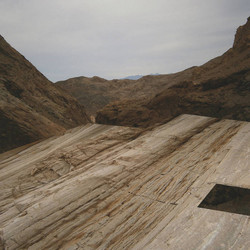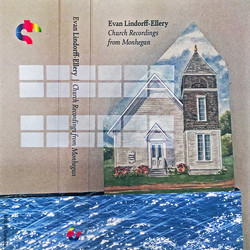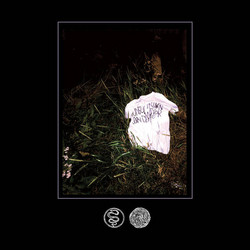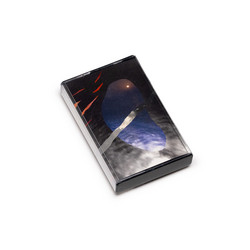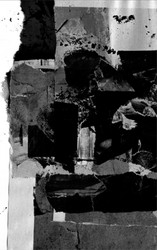1
2
3
4
Full Spectrum welcomes Weston Olencki with their label debut – pearls ground down to powder.
*100 copies limited edition* ‘Pearls Ground Down to Powder’ presents two opposing sides of the same banjo. The instrument presents alternately as a percussive drum-with-strings or as a highly dimensional harmonic resonator, blowing out these disparate trajectories into two longform pieces. An obtuse, abstracted, laser-focused follow up to “a vine that grew over the city and no one noticed” [Tripticks Tapes - 'Old Time Music'], ‘pearls’ unfurls itself within the cracks of more recognizable banjo territory. Over two contrasting sides, the album pauses to meditate on skeins of glitched-out algorithmics and masses of richly detuned sonorities - all hung heavy in the thick southern air.
Recorded in the unbearable heat of the 2022 NYC summer – the album’s regimented a-side, “the rocks are different, here” presents a rush of polyrhythmic grooves that jaggedly flip and resuture themselves together in a way similar to the early minimalist works of Philip Glass or Steve Reich. The composition reaches escape velocity from the mechanical permutations of its bluegrass role: it treats the banjo as an ecstatic array of strings and resonators, rather than an instrument strummed wistfully in the depths of some dark holler. Yet despite this machinic cacophony, the particular twang and thwack of the head still allows one a kind of skewed journey with this nostalgia-laden beast. The old sound still finds a way through.
On the b-side, “Brothers” recalls the blood harmony of famous country singers like the Louvins, Stanleys, Maddoxs, Carters, and Osbournes, splayed out between two justly tuned banjos. Recorded at the artist’s former Vermont home in the midst of a deep polar chill, this track resists the entropic freneticism of “the rocks...” Each drum head is wired to be both microphone and speaker, ear and mouth, conjoined together in reverse, spinning sidebands above and below the pair via an interdependent ring modulator circuit. An echo, perhaps, of that iconic Frida Kahlo self-portrait – the beautiful absurdity of familial connection via one’s shared circulatory system, itself an evocative imagining of this mythological sense of kin. Through two sets of homemade E-bows, each of the banjos’ strings become their own ‘Music on a Long Thin Wire’ – the only imprint of human touch, a muffled muting and unmuting of the instrument’s delicate vibrations.
Assembled by Gretchen Korsmo, the cover features photography by organist and composer Jack Langdon, a close collaborator of Olencki’s and an essential companion of their time living and developing this work in New England.
Recorded in the unbearable heat of the 2022 NYC summer – the album’s regimented a-side, “the rocks are different, here” presents a rush of polyrhythmic grooves that jaggedly flip and resuture themselves together in a way similar to the early minimalist works of Philip Glass or Steve Reich. The composition reaches escape velocity from the mechanical permutations of its bluegrass role: it treats the banjo as an ecstatic array of strings and resonators, rather than an instrument strummed wistfully in the depths of some dark holler. Yet despite this machinic cacophony, the particular twang and thwack of the head still allows one a kind of skewed journey with this nostalgia-laden beast. The old sound still finds a way through.
On the b-side, “Brothers” recalls the blood harmony of famous country singers like the Louvins, Stanleys, Maddoxs, Carters, and Osbournes, splayed out between two justly tuned banjos. Recorded at the artist’s former Vermont home in the midst of a deep polar chill, this track resists the entropic freneticism of “the rocks...” Each drum head is wired to be both microphone and speaker, ear and mouth, conjoined together in reverse, spinning sidebands above and below the pair via an interdependent ring modulator circuit. An echo, perhaps, of that iconic Frida Kahlo self-portrait – the beautiful absurdity of familial connection via one’s shared circulatory system, itself an evocative imagining of this mythological sense of kin. Through two sets of homemade E-bows, each of the banjos’ strings become their own ‘Music on a Long Thin Wire’ – the only imprint of human touch, a muffled muting and unmuting of the instrument’s delicate vibrations.
Assembled by Gretchen Korsmo, the cover features photography by organist and composer Jack Langdon, a close collaborator of Olencki’s and an essential companion of their time living and developing this work in New England.
Details

